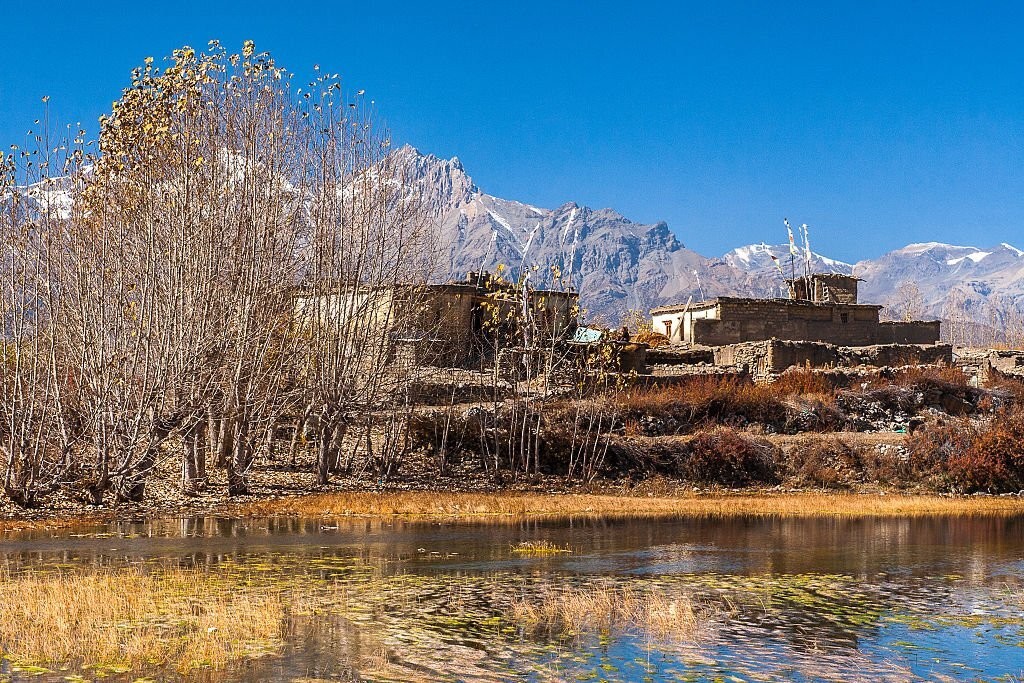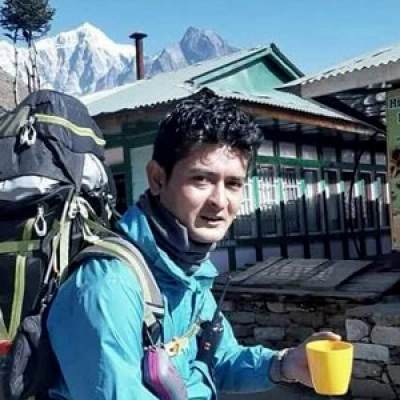Nepal is home to the majestic Himalayas. It is a perfect destination for high-altitude adventures with its mountains. As you trek through the Himalayan region, you’ll encounter stunning landscapes, glaciers, lakes, and forests, and experience the rich culture of the local villages. While the challenges of thin air and tough terrain are present, the beauty and sense of the accomplishments make it all worthwhile.
High Altitude Adventures | Coping with Altitude Sickness in Upper Mustang Trek
In this blog, we are specifically talking about the upper Mustang trek. The upper Mustang trek offers a distinctive and captivating experience because it is in the midst of the magnificent Himalayas. Starting this journey, you’ll find yourself immersed in a land of ancient traditions, stunning vistas, and a sense of mystery. The trek to the upper Mustang takes through the dramatic landscapes of the Trans-Himalayan region like barren valleys, deep gorges, and towering cliffs. As reward is plentiful, there is the cost you pay for it. It is a challenge and danger that comes in a way. As you embark on your high-altitude adventure in this enchanting region, it's important to be aware of the challenges that altitude sickness can pose. We will explore what altitude sickness is, how it can affect you in the15 -days Upper Mustang Trek , and most importantly, how to cope with it, ensuring a safe and enjoyable journey.

Altitude sickness, commonly referred to as acute mountain sickness (AMS), is an illness that can impact trekkers at high altitudes. As you ascend to higher elevations, the reduced oxygen levels in the air can lead to symptoms such as headaches, dizziness, nausea, fatigue, and shortness of breath. It's crucial to recognize the signs of altitude sickness and take appropriate measures to prevent its progression.
Coping Strategies:
Gradual Acclimatization: One of the key strategies to cope with altitude sickness is gradual acclimatization. Ascend slowly to give your body time to acclimate to the new altitude. The Upper Mustang Trekking usually involves a gradual climb, giving you ample opportunities to acclimatize along the way.
Keep Hydrated: At high elevations, staying well hydrated is crucial. To stay hydrated and sustain healthy body function, consume enough liquids, particularly water. Avoid consuming alcohol and coffee in excess as both of them might cause dehydration.
Take Note of Your Body: Pay particular attention to any altitude sickness symptoms that may appear. If you experience persistent headaches, severe nausea, or difficulty breathing, it's crucial to take them seriously. Inform your trekking companions or guide about your condition, and consider descending to a lower altitude if necessary.
Medication: Some people may benefit from taking medication to stop or lessen the symptoms of altitude sickness. Before your vacation, speak with a medical practitioner to consider the usage of drugs such as acetazolamide (Diamox) as a preventive step.
Proper Nutrition: Maintaining a healthy diet is essential during your high-altitude adventure. Consume foods rich in carbohydrates and avoid excessive exertion. A healthy diet will provide your body with the energy it needs to adjust to the altitude.
Listen to Local Wisdom: The local guides and people of Upper Mustang have a wealth of knowledge and experience when it comes to coping with altitude sickness. Listen to their advice, follow their guidance, and respect the local customs and practices.
Team trekking System: Upper Mustang trekwith a partner or a group can be beneficial for a variety of reasons, including dealing with altitude sickness. Keep an eye out for each other and communicate any symptoms or discomfort you may experience. Having a support system will not only provide emotional support but also ensure that someone can assist you in case of an emergency.
Proper Rest and Sleep: Adequate rest and sleep are essential for allowing your body to adapt to higher altitudes in Upper Mustang. Listen to your body's cues and prioritize quality sleep during your trek. Avoid overexertion and give yourself ample time to recover and rejuvenate.
Carry a First Aid Kit: Having a well-stocked first aid kit is crucial for any high-altitude adventure. Include medications for common ailments like headaches and upset stomachs, as well as basic supplies for treating minor injuries. It's always better to be prepared for any unforeseen circumstances.
Follow Local Guidelines: The local authorities and guides in Upper Mustang may have specific guidelines and regulations in place to ensure the safety and well-being of trekkers. Respect and adhere to these guidelines, which may include recommended acclimatization schedules and mandatory rest days.
Stay Positive and Enjoy the Journey: Coping with altitude sickness can be challenging, but maintaining a positive mindset and embracing the beauty of the Upper Mustang will make your adventure more enjoyable. Take the time to savor the stunning landscapes, connect with the local culture, and celebrate each milestone along the way.
Remember, altitude sickness can affect anyone, regardless of fitness level or previous high altitude experiences. It's crucial to prioritize your health and safety above all else. By following these coping strategies and staying vigilant, you can minimize the risks associated with altitude sickness and make the most of your high-altitude adventure in the Upper Mustang. Embarking on a high-altitude adventure in the Upper Mustang trek is an incredible experience that allows you to immerse yourself in the beauty of the Himalayas. So lace up your boots, embrace the adventure, and let the wonders of the15 -days Upper Mustang Trek leave you with lasting memories of a truly remarkable high-altitude experience.



